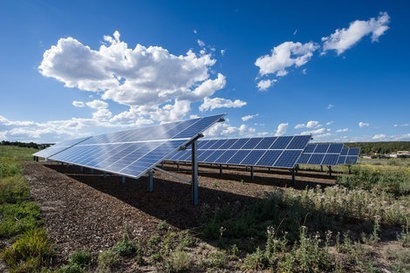
The Global Alliance of Solar Energy Research Institutes (GA-SERI) organised a global gathering of 50 experts from Germany, Japan, the United States and elsewhere to discuss the future of PV. The initial GA-SERI Terrawatt workshop took place in Frieburg, Germany, where the experts discussed the challenges to the transformation of the global energy system in the coming decades.
GA-SERI was founded in 2012 and consists of the Fraunhofer Institute for Solar Energy (Germany), the National Institute of Advanced Industrial Science and Technology (Japan), and the National Renewable Energy Laboratory (United States).
“PV is on a pathway to low cost” said Greg Wilson, director of NREL's Materials Applications and Performance Center and co-director of the National Center for Photovoltaics. “When you add PV to inexpensive storage or another means of introducing flexibility into the grid, PV can be attractive as a primary energy source.”
The experts agreed that a substantial expansion of manufacturing capacity will be encouraged by demand with growth carrying PV forward to a new level of energy impact at the terawatt (TW) scale. In 2015, annual global PV installation reached 60 GW, close to current global production capacity. However, cumulative global installations in excess of 3 TW are expected by 2030, encouraged by drastically reduced costs and provided current research and development (R&D) and investment paths are continued. Total global installations of 20 TW will be needed by 2040 in order for solar PV to provide a major contribution to global climate goals. This will require stable PV R&D support worldwide and systemic investments targeted at reducing production costs, increasing efficiency and improving reliability.
An increasingly flexible electricity grid, increased availability of low-cost energy storage and demand management will also play key roles in enabling accelerated PV deployment.
After two days of discussions, the group reached a consensus that a fully integrated research programme among institutes, universities and industry, spanning both short and long-term needs, can address challenges to scale up manufacturing and deployment. Representatives from the three research institutions and other workshop attendees intend to collaborate on a journal article to better define the barriers that need to be overcome.
For additional information:

